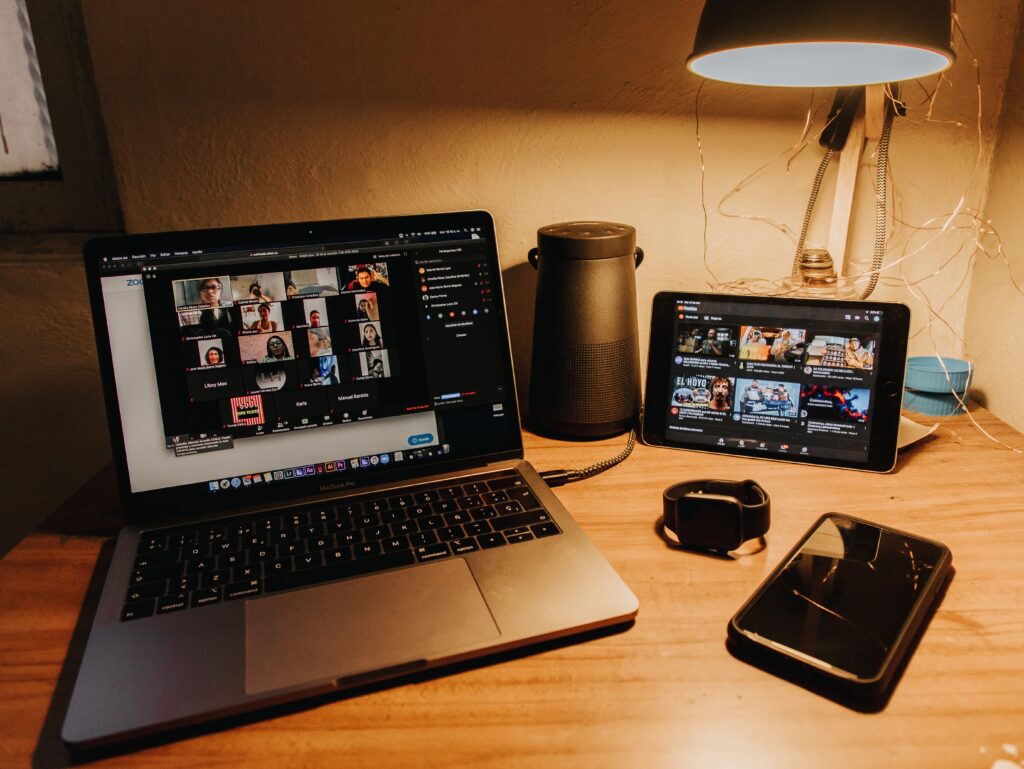
The event management agency, like the software industry, has tech stacks. Event software platforms are made up of all the technology required to run an event. It is common for event planners to forget whether their tools are suitable for the job and their budget and therefore spend inefficiently. Evaluating your virtual event software platform year after year can help you ensure that your events run optimally.
In an episode of Event Tech Podcast, Brandt Krueger and Kyle Kocinski discuss the event software platforms and provide examples of tools that event planners might want to include. They suggest that event planners reconsider their stacks on a regular basis to make the most of their time and money.
When to Re-Evaluate Your Event Tech Stack
In today’s topic, Kyle considers the time and budget constraints of event planning. He asks, “Do I have the right tools as a planner? Is this equipment best suited to my budget?”
According to Brandt, people regularly work with tools that aren’t the best for their events. He urges people to step back and think about what they would do if they started from scratch. Brandt recommends creating a ‘can-be-improved’ document to record problems with your event. ‘Why didn’t this update? It could be because the coffee was bad,’ he says. Anything that needs fixing should be recorded. Having this documentation available after an event or before the next one helps you remember things and re-evaluate your tech stack, Kyle says.
Tools in Your Event Tech Software to Consider
In addition to the tech stack, planning events is concerned with using the right tools. However, the duo believes that planners often neglect to use them.
Tools for Exchanging Files
Event technologies adhere to the General Data Protection Regulation (GDPR) requirements regarding file sharing. We use a project management platform such as Basecamp, Monday, or Asana to collect information that is being altered. Using this method, the client always touches the data themselves, and the coordinator merely assists them in moving it to the appropriate location. The less you move data, the more secure your event will be.
Map-Based Tools for Exhibitor and Vendor Relations
Event planners and vendors use a variety of tools to maintain strong and efficient relationships. Kyle believes that using map-based tools can help make connections more comprehensive and efficient. You may use this feature to manage your vendor relationships. It simplifies one of the aspects of event planning by allowing buyers to see where they will be on the floor plan. You may not collect registration for an entire event using this tool, but it helps simplify one of the planning elements. The issue of exhibitors having different usernames and passwords, as well as forgetting which platform they are using, is addressed by working with exhibitors to find the tools they prefer.
Customer Relationship Management Tools
It’s also crucial to determine whether attendees funnel to a customer relationship manager (CRM). Knowing whether attendees return to your events is critical information.
Today’s clients are syncing twice to their CRMs, once after they register for an event and again after the event is over. They will push their attendees back into Hubspot and report that they are a confirmed registrant. Post-event, they will connect your event analytics to Hubspot so that your sales team will have a head start on following up with leads from the event if you do so.
Key Takeaway
Think about where you might be able to save time at work and what technology might help you do that, and consider whether you can implement any of those ideas. What do you think about the technology stack? Please get in touch if you do! We always enjoy hearing from our readers.
Have an idea? Email us today, and let’s start a discussion how we can enable you and your Events / Entertainment company to become more efficient.
